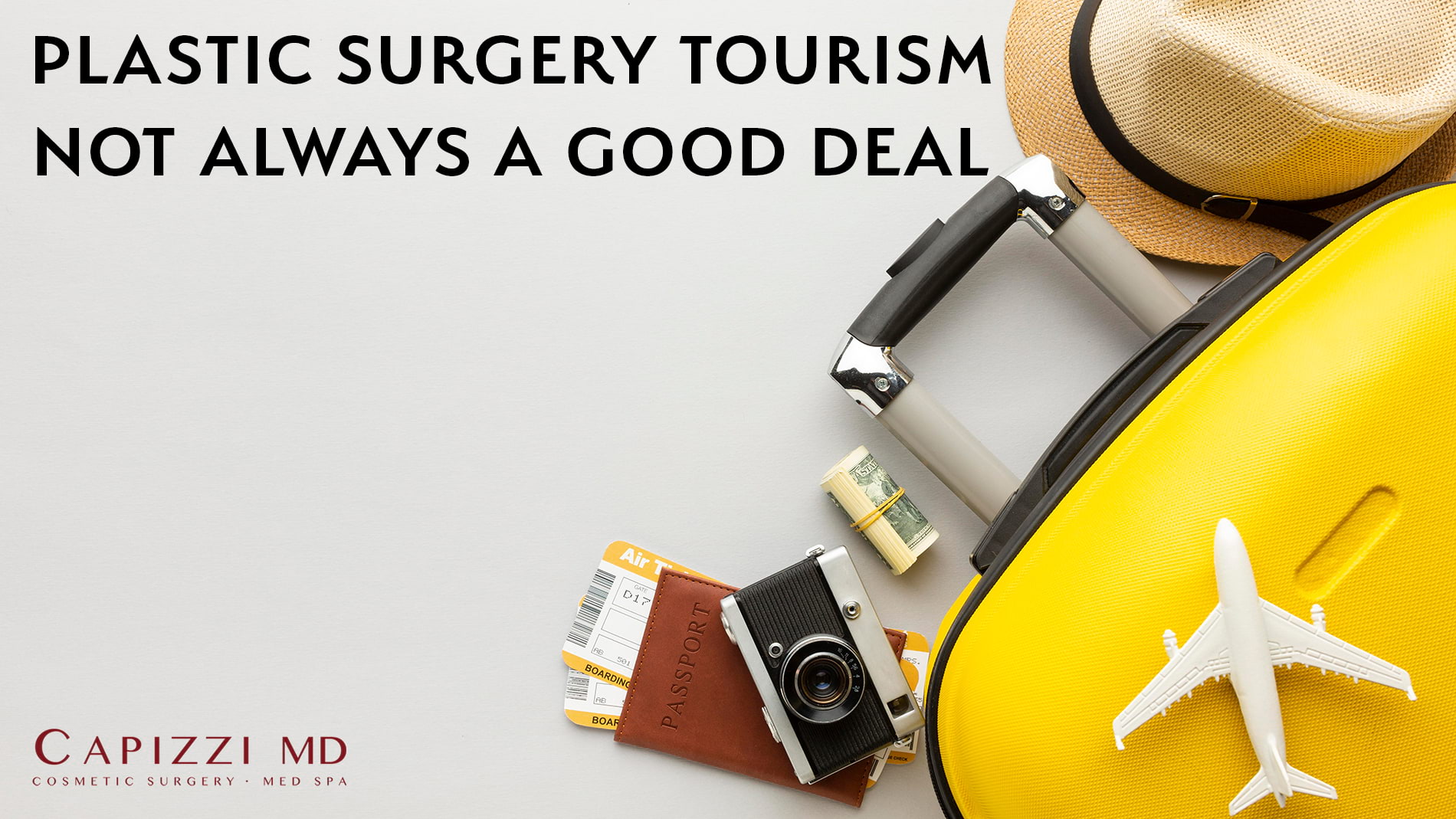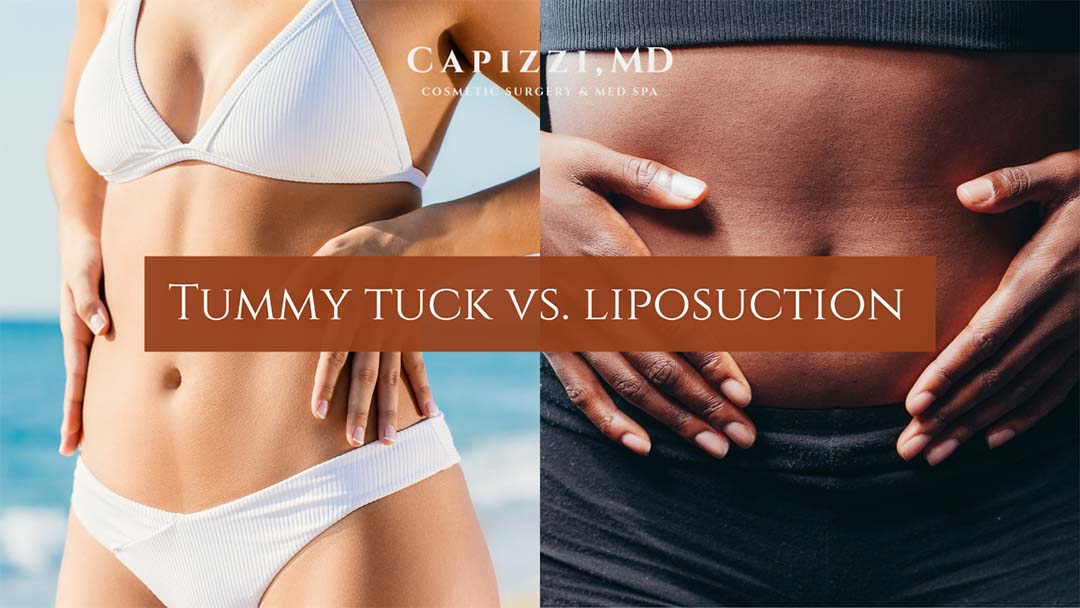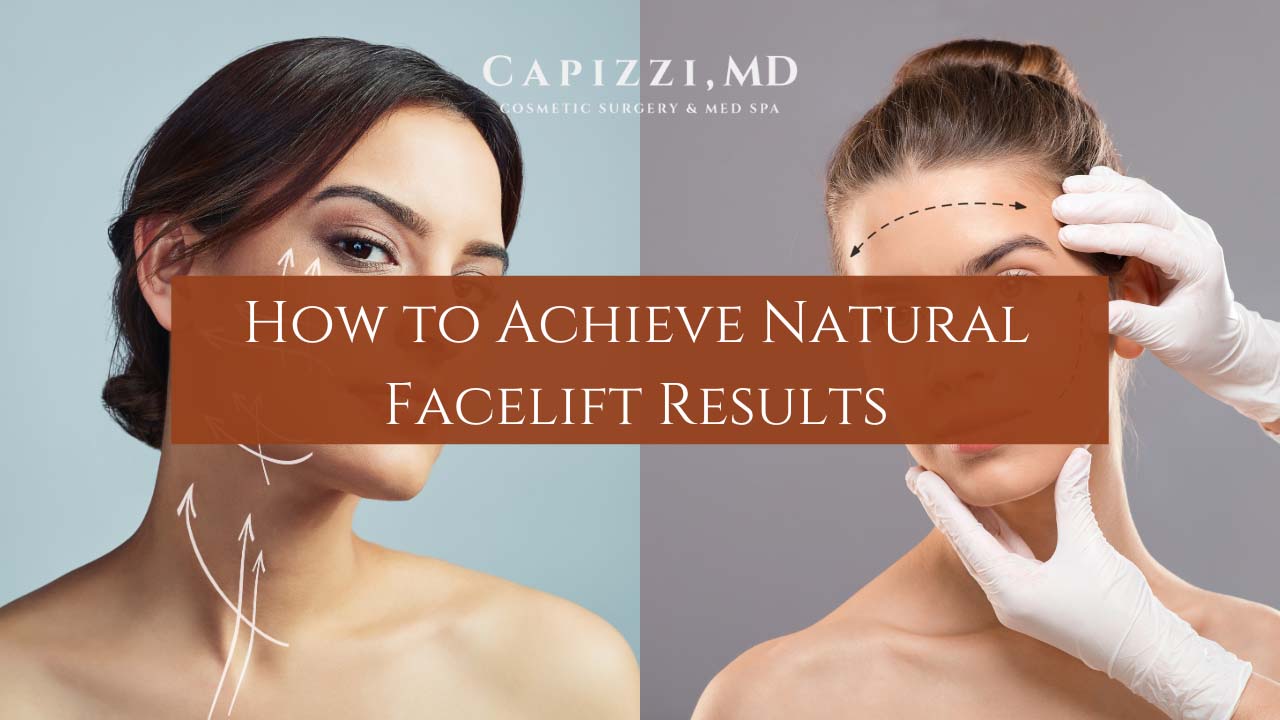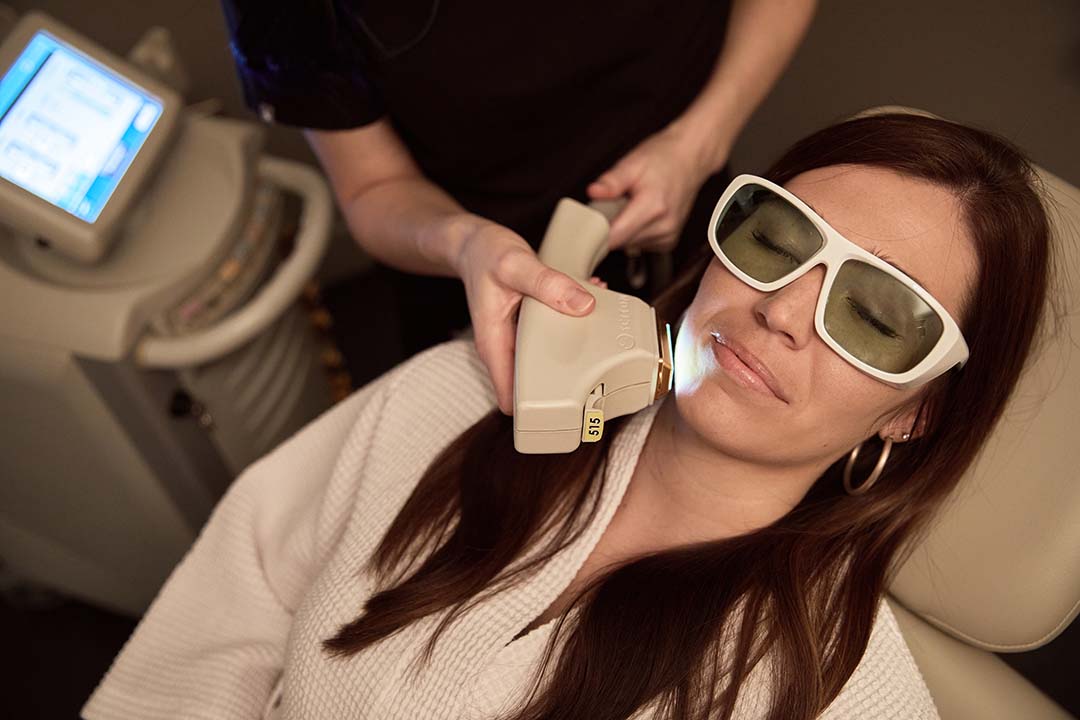Plastic surgery tourism describes patients who seek medical care abroad for medical procedures. Plastic and cosmetic surgery sees a high rate of this as these procedures can have a much cheaper price tag in other countries. However, in many cases you get what you pay for and these procedures see a higher complication rate and …
Plastic surgery tourism describes patients who seek medical care abroad for medical procedures. Plastic and cosmetic surgery sees a high rate of this as these procedures can have a much cheaper price tag in other countries. However, in many cases you get what you pay for and these procedures see a higher complication rate and re-operation once the patients return home. To understand how these experiences go wrong, let’s dive deeper into plastic surgery tourism as a whole.
What drives plastic surgery tourism?
Of course, each individual that seeks cosmetic procedures in another country has their own reasoning for doing so, but because this phenomenon is gaining popularity, we’re able to pinpoint a few of the most common motives. These include:
- Affordability
- Greater patient savings
- Availability
- Anonymity/privacy
- Lack of health insurance coverage in home country
These motives are understandable! Cosmetic surgery as a whole continues to grow, so it’s no surprise that patient interest and cost of care follow suit. Unfortunately, these motives have drawbacks:
- Unfamiliarity with non-native country. This includes factors such as language barriers, overnight stay, transportation to and from surgery, and lack of post-operative care.
- Financial cost
- Discouragement by family physicians and lack of confidence in the healthcare systems abroad
- Feeling too ill to travel post-procedure (international flights are a long haul!)
A large amount of plastic surgery tourism happens without referral from a doctor in the patient’s home country, and without prior consultation from public health officials. In short: the patient makes the decision to undergo a surgical procedure in another country on their own, usually without guidance from a medical professional. This is where things become dangerous!
What does cosmetic surgery abroad look like?
Seeking medical care abroad is a price-driven phenomenon, made up of a subset of patients who may not be clear on outcomes and complication rates. Women dominate the market, accounting for 86.2% of plastic surgery tourism worldwide. The most common procedures these women travel for include silicone breast implants, liposuction, and eyelid surgery – think Kendall Jenner and Bella Hadid’s highly-coveted fox eyes.
Women aren’t the only ones going the distance for cosmetics, though. Men make up 13.8% of plastic surgery tourism worldwide, traveling for blepharoplasties, gynecomastias, and rhinoplasties.
Additionally, there is a growing number of labiaplasties and gluteal lift procedures (Brazilian butt lift).
How can something so popular be bad?
The drawbacks may seem like potential inconveniences, but they often present even MORE harmful effects that come up later on.
Plastic surgery tourism has become more common due to lower initial cost; yet the initial cost is only for the procedure itself. This number fails to reflect travel, stay, transportation, post-operative care, and any extra measures that may be necessary to resolve complications sustained during surgery. The lowest prices for surgery exist in developing countries – such as Thailand, India, Poland, and Turkey – rather than in developed countries like the US, UK, and Canada.
Complications from cosmetic surgeries abroad often create a domino effect of issues for the patient as they need inpatient care upon returning to their home country. In a study titled The Cost of Medical Tourism: Penny-Wise and Pound-Foolish? researchers Tran, Kludt, and Wong describe a young patient seeking various cosmetic surgical procedures in Mexico, where surgical procedures generally cost less than $5,000. Later complications arose from surgery, resulting in an escalation in her total cost of care to over $77,000. That’s 15 times the initial cost of the procedure!
Skyrocketing cost is one thing, but threats to the patient’s health are another.
We asked Dr. Capizzi about his experience with plastic surgery tourism:
“I once saw a patient who received a blood transfusion in the Dominican Republic after liposuction. Doctors hospitalized her but sent her home after 7 days. When she came to me, she had a large infectious seroma in her abdomen. A seroma is a buildup of fluids following tissue removal. For this patient, the fat removal was inconsistent – too much from one area and not enough from others. This is the kind of experience you want to avoid!”
Unfortunately, Dr. Capizzi’s experience with cosmetic surgery tourism doesn’t stop there. He continues:
“I have also seen several women who had PIP implants placed in Colombia and Venezuela. PIP is a brand of implants made from a cheaper, industrial-grade silicone that was not approved for medical use. These implants caused an international scandal as they ruptured at a rate that was double the industry average. The patients I saw with these implants required removal because of the industrial grade silicone. If the implants weren’t removed, the patients would be at risk of inflammation, scarring, and other long-term effects.”
There are other factors with implants beyond quality that create issues for patients. Dr. Capizzi recounts seeing a patient from a Colombian plastic surgeon who had large areolas and distorted breasts. Improper implant size and insertion site can cause unattractive results. This case required staged reconstruction.
“There was also a case involving a tummy tuck that was uneven. The patient arrived at an American hospital with an open wound following the initial operation in Mexico. I saw the patient at my practice once she was out of the hospital and repeated fluid collections that later required re-operation.”
Why Capizzi MD?
Seeking medical care abroad is scary for many reasons. Luckily, you don’t have to fear these outcomes at Capizzi MD. We make the surgical process as seamless as possible for each patient, whether you’re local to our office or are traveling from out of state. You can breathe easy knowing you only have to visit one location for your consultation, surgery, and all follow up appointments. Dr. Capizzi performs all surgeries in his accredited operating room located right here in our office in Charlotte, NC.
Through his many years of experience, Dr. Capizzi has built a trusted reputation in Charlotte as one of the best surgeons in the state. This reputation is due to a lifelong dedication to perfection and honed surgical skills from completing over 7,000 augmentation procedures! For more information on the surgeries Dr. Capizzi performs, browse our surgical menu. You can also check out and before and after photos.
To request a consultation with Dr. Capizzi, please fill out our form and our Patient Care Team will be in contact.












